Garnet
Garnets are a set of closely related minerals which occur in many colours – not just reds or dark reds. Well known members of the Garnet group include Almandine, Grossular, Hessonite, Pyrope, Spessartine.. don’t worry, there’s more.
Garnets can occur in reds, pinks, greens, oranges, and rarely, blue. They are most often used for jewellery or industry.
Showing all 25 results
-
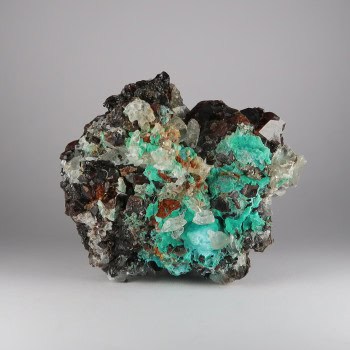
Andradite Garnet and Chrysocolla from Kharan, Pakistan
£25.00 – £45.00 -
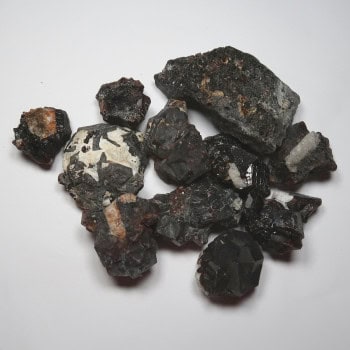
Andradite Garnet from Kharan, Pakistan
£1.00 – £30.00 -
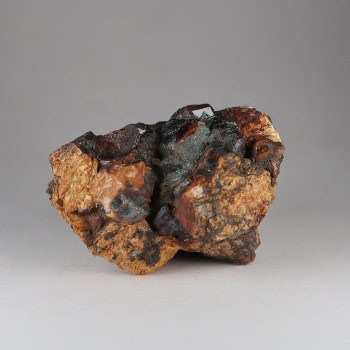
Andradite Garnet from Toron Mines, Spain
£10.00 -
New
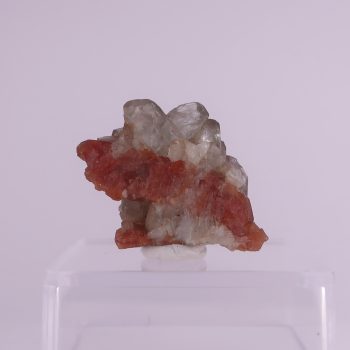
Diopside and Hessonite from Ala Valley, Italy
£20.00 -
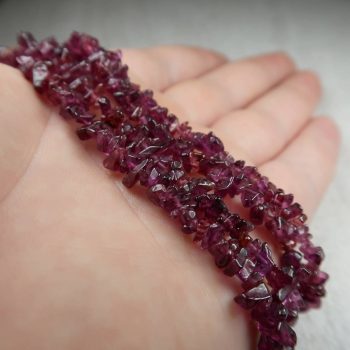
Garnet bead strands (Almandine)
£3.50 – £5.00 -
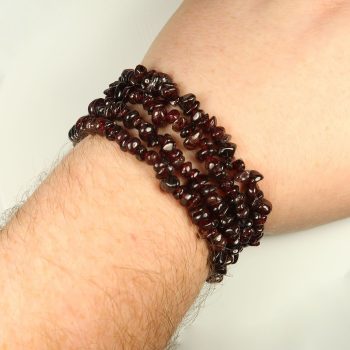
Garnet Bracelets (Almandine)
£2.00 – £3.50 -
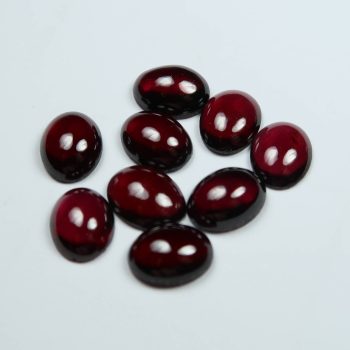
Garnet Cabochons (Almandine/Pyrope)
£1.00 – £2.50 -
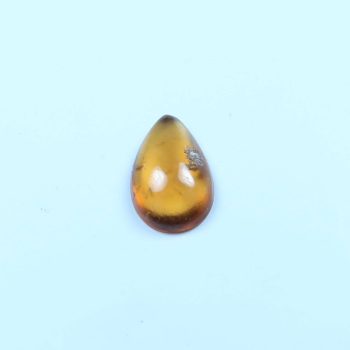
Garnet Cabochons (Hessonite)
£5.00 -
Updated
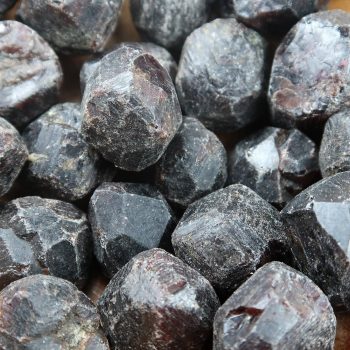
Garnet Crystals (Almandine)
£1.00 – £5.00 -
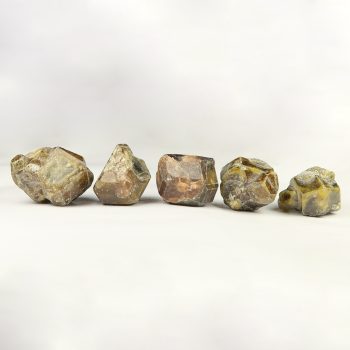
Garnet Crystals (Grossular)
£1.95 – £5.00 -
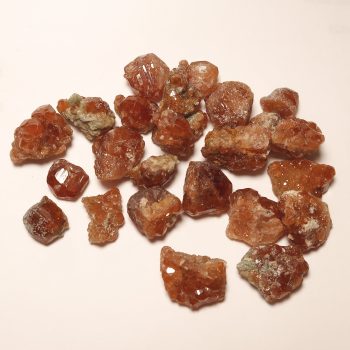
Garnet crystals (Hessonite)
£2.50 -
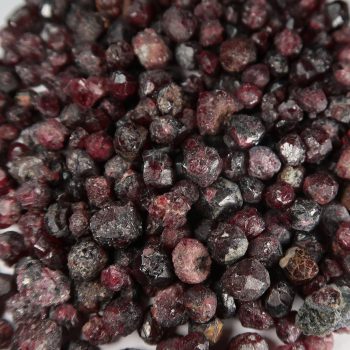
Garnet crystals from the Crater El Hoyazo, Níjar, Almería, Andalusia, Spain
£2.50 -
New
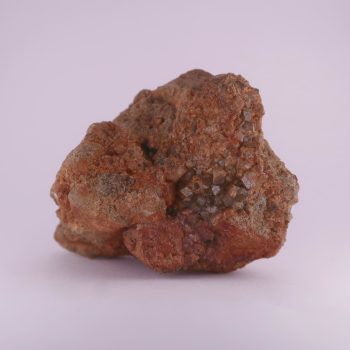
Garnet from Belstone Consols, Devon
£20.00 -
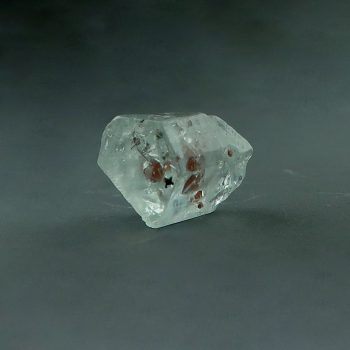
Garnet in Aquamarine specimens
£45.00 -
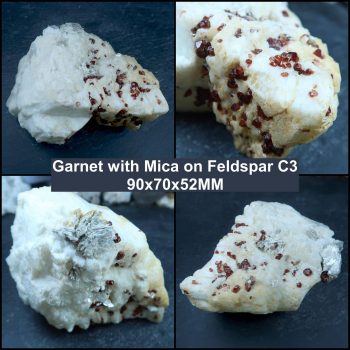
Garnet in Feldspar
£9.95 – £29.95 -
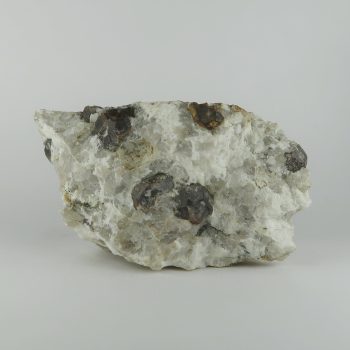
Garnet in Matrix (Almandine)
£3.00 – £4.00 -
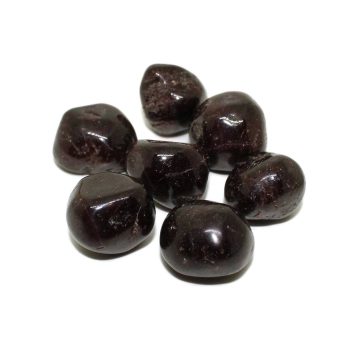
Garnet Tumblestones (Almandine)
£1.35 – £2.95 -
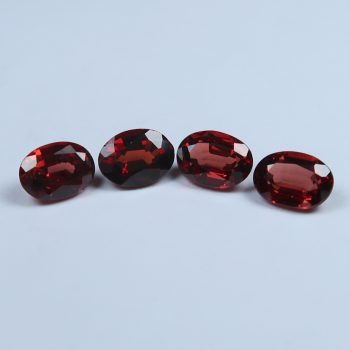
Garnet, Faceted (Almandine)
£1.35 – £4.95 -
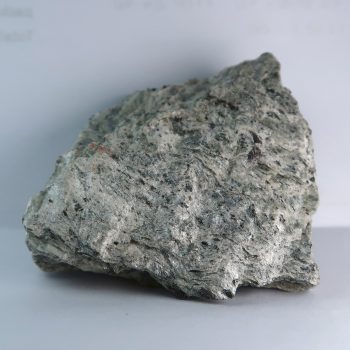
Garnets in Mica from Loch Tay, Scotland
£5.00 – £6.00 -
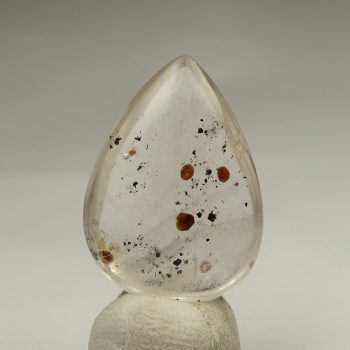
Quartz with Garnet Inclusions
£50.00 -
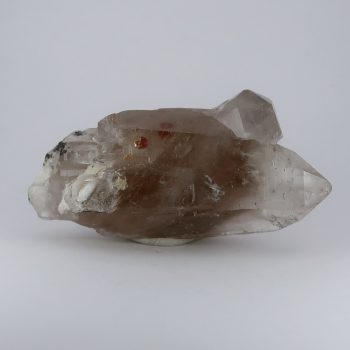
Quartz with Garnet inclusions (Smoky)
£50.00 -
New
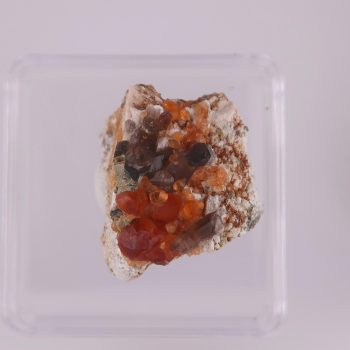
Spessartine and Smoky Quartz from Tongbei, China
£50.00 -
New
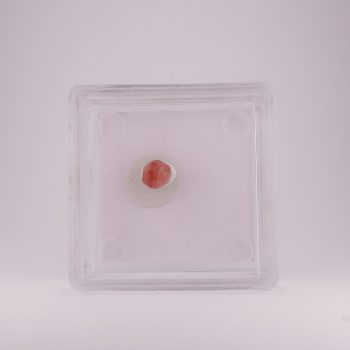
Spessartine Garnet from Nani Hill, Tanzania
£2.50 -
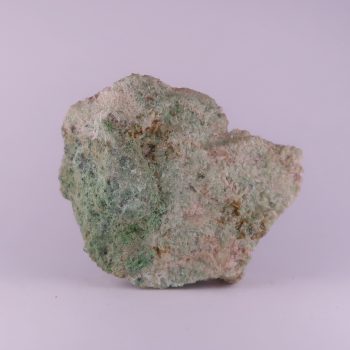
Uvarovite Garnet from Koskite Mine, Burma
£20.00 -
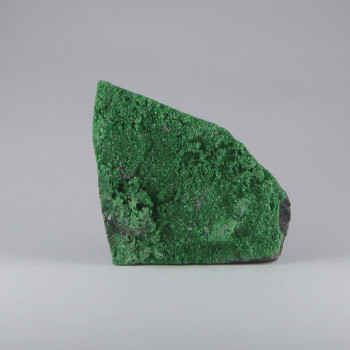
Uvarovite Garnet specimens from the Ural Mountains, Russia
£20.00
Uses and History
Garnets are a group of silicate minerals – not just the red Garnet most people know of!
Garnets have been used as gemstones since the Bronze Age and were some of the most commonly used gemstones in the Roman world, as well as Anglo-Saxon England – using an inlay technique called ‘cloisonne’.
The archaeological evidence produced by these finds gives us a wealth of evidence about early civilisations – we can determine that there were trade routes from the UK and Europe stretching as far as Sri Lanka and India.
Garnet is also used as an abrasive, due to its relatively high hardness – often used for a media in sand blasting and water jet cutting.
Mineralogy, colours, and variants
Almandine
Andradite
Demantoid
Grossular
Hessonite
Hydrogrossular
Impurities and inclusions cause various colours:
red, green, white, grey, black, yellow, orange, purple.
Malaya
Mandarin
Melanite
Pyrope
Rhodolite
Spessartine
Topazolite
Tsavorite
Uvarovite
Hazards and Warnings
Almost all rocks, minerals (and, frankly, almost all other substances on earth) can produce toxic dust when cutting, which can cause serious respiratory conditions including silicosis.
When cutting or polishing rocks, minerals, shells, etc, all work should be done wet to minimise the dust, and a suitable respirator or extraction system should be used.
Translations
Apologies for any mistranslations here – it turns out ‘garnet’ is very close to ‘grenade’ in some languages.
Arabic:
Hindi:
- गारनेट के
Portuguese:
Bengali:
- তামড়ি
Indonesian:
- batu delima
Punjabi:
- ਗਾਰਨੇਟ
English:
Italian:
- granato
Russian:
- красный гранат
French:
- grenat
Japanese:
- ガーネット
Spanish:
- granate
German:
- Granat
Korean:
- 석류석
- 가넷색
Thai:
- โกเมน
Gujurati:
- ગાર્નેટ
Mandarin and Traditional Chinese:
- 石榴石
Urdu:
- گارنیٹ
